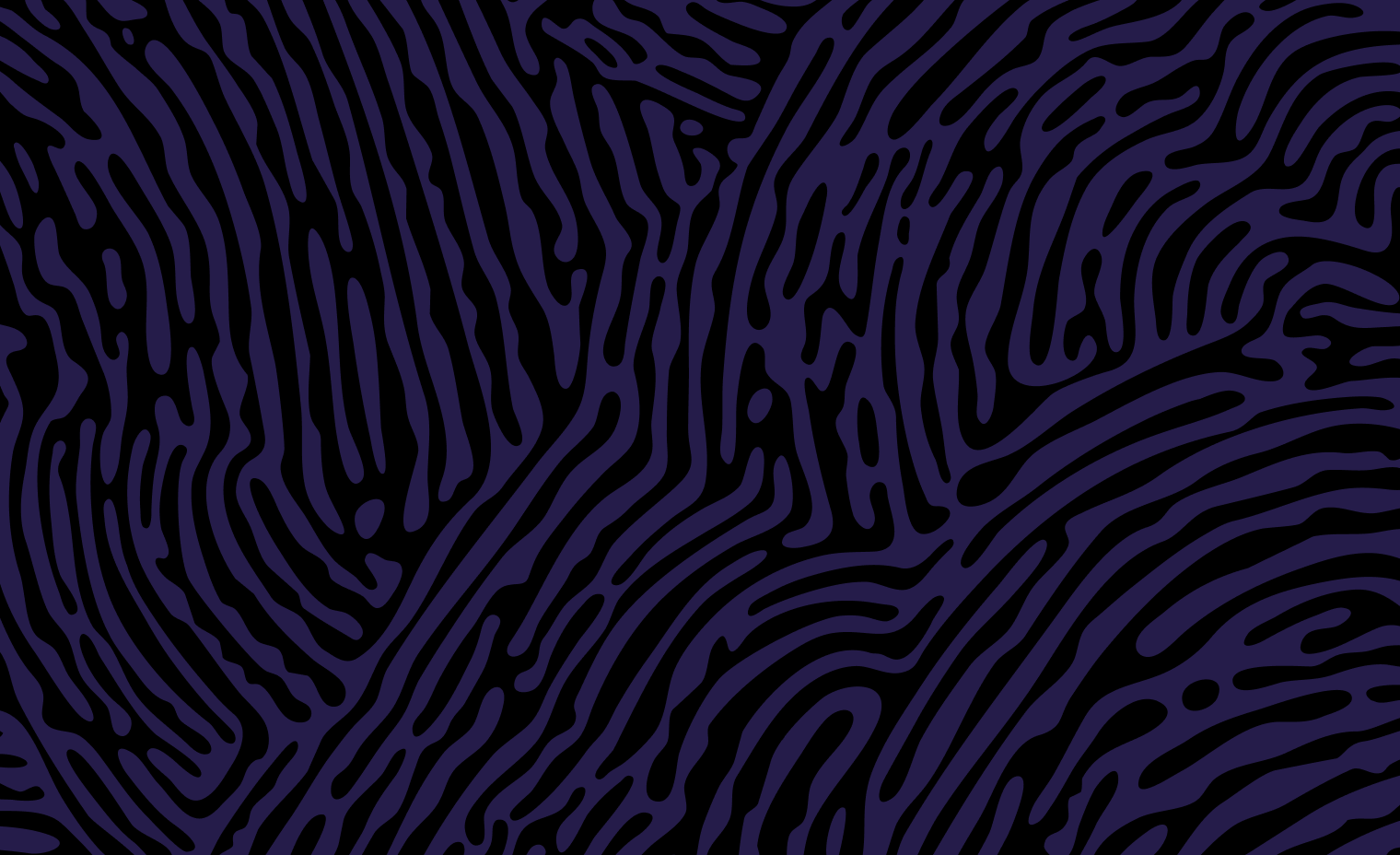Generally, the Registry of Births, Deaths and Marriages Victoria (BDM) only provides people access to their own information.
When applying for a certificate that isn’t your own, there may be additional identity requirements. A person can authorise someone else to access their information – for example, their birth or marriage certificate. This is known as ‘third party authority’.
This page outlines the identity requirements when applying for another adult’s certificate, a child’s birth certificate and historical records.
Adult’s certificate
In all cases, except for historical records search, to apply for another living adult’s (18 years and over) certificate you’ll need:
- Your own proof of identity. You can do this online or by using certified copies of documents
- Proof of identity for the person whose certificate it is. This must be done using certified copies of documents
- Permission from that person to apply on their behalf. This is known as a third-party authority form.
For more details, learn how to get someone else’s marriage, relationship or birth certificate.
To get a deceased person’s death certificate, check Get a death certificate.
Child’s certificate
You can apply for your child’s certificate if:
- They’re under 18 years of age and born in Victoria
- You are listed as a parent on the certificate.
You must prove your own identity, but don’t need to supply your child’s proof of identity or authorisation.
If your child is an adult (over 18) you need their authorisation to access their birth certificate.
Historical record
Historical records don’t require a proof of identity.
Anyone can access the following certificates with no proof of identity:
- Marriage or relationship certificates more than 60 years old where both parties are deceased
- Birth certificates more than 100 years old
- Death certificates more than 30 years old
Order these certificates from Search your family history.
Updated

